Almost every bread recipe will tell you to look for a golden brown crust or to tap on the bottom of your loaf and listen for a hollow sound. That visual and sound technique will work most of the time, but it can still come up short, leaving you with a soft and gooey spot in the middle of your loaf.
If you want to leave the guesswork of baking a perfectly-baked loaf of bread behind, the answer is easier than you think—precision. In other words, the surefire way to know your bread is baked to perfection is to use a thermometer to take your bread's internal temperature.
- Don't Miss: Hack Yourself a Loaf of Bread in 10 Minutes
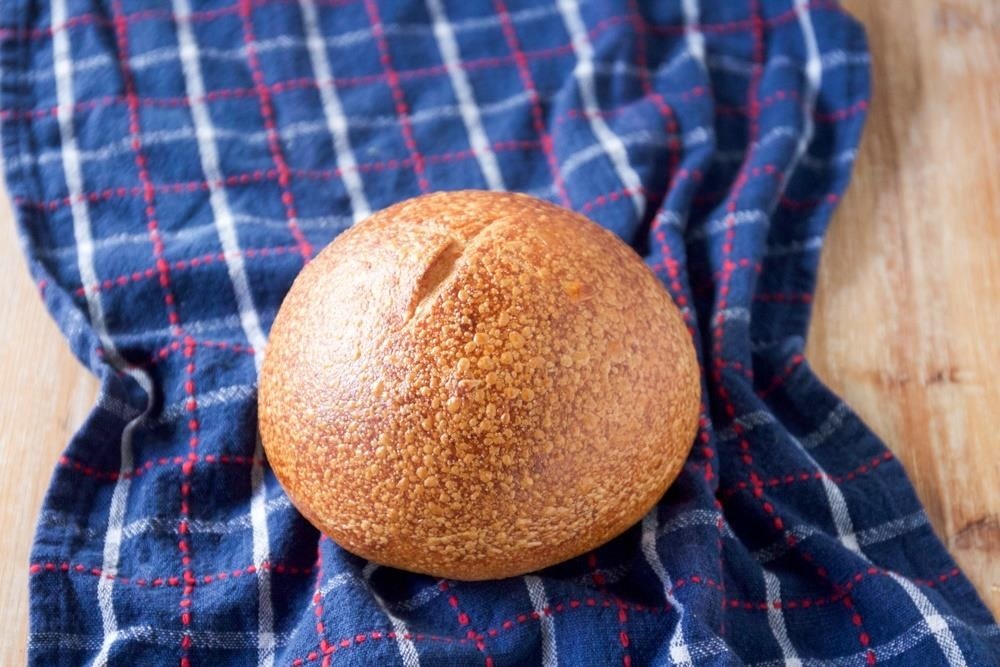
Why You Should Use a Thermometer Every Time
I first learned about this handy tip when I visited my family home for Christmas this past year and baked bread with my mom. When our bread was nearing the end of its bake time, she surprised me... by grabbing a thermometer!
You see, there are many ranges given when it comes to finding the ideal bake time: bread shape, size, the oven itself, and the type of bread. It's up to you to take these variables into account. However, a thermometer can be the one constant to making awesome bread. The internal temperature of the loaf will tell you if it needs more time in the oven or if it's done—much like checking for the doneness of meat.
My mother started using a thermometer after reading The Art of Baking with Natural Yeast; both the book and my mother recommend bread's internal temperatures range between 180ºF and 200ºF. The temperature of every loaf of bread needs to be a minimum of 180ºF to ensure it's fully baked.

Another fantastic reason to use a thermometer for baking is because it facilitates freeform baking. For example, my mother is a freeform baker and is always changing recipes—from small loaves of bread to larger, standard loaves. Bake time is definitely different for each size: the smaller the loaf, the quicker it bakes. With a thermometer, she can ensure a fluffy, perfect consistency every time.
As for which kind of thermometer, any cooking thermometer will do the job. A basic instant read thermometer will give you the same results as a more expensive thermometer. However, I will say the cheaper thermometers don't last as long—a higher quality thermometer is a good investment.
Taking the Bread's Temperature
To get an accurate reading, remove the bread from the oven and insert the thermometer directly into the center of the bread. Move quickly and carefully when you are doing this to avoid getting burned or allowing the bread's core temperature to drop. Keeping appearances in mind, avoid putting holes on the top of your bread by inserting the thermometer through the side or the bottom of the loaf.

Correct Bread Temperatures
I mentioned earlier that the ideal temperature range for the center of a baking loaf is usually between 180°F and 200°F. However, 20°F is a large range (and not even a definitive one); depending on your type of dough and the consistency you prefer, you can adjust the temperature accordingly.
There are two basic types of dough, lean dough and rich dough. Lean dough is composed of flour, salt, yeast, and water. Rich dough (sometimes called enriched dough) is lean dough with some type of fat added, i.e., cream, eggs, or butter.
A lower temperature is going to give you softer bread and crust. A higher temperature will give you a harder crust. Keep this in mind when you are determining your ideal temperature. According to Bread Baker's Apprentice: Mastering the Art of Extraordinary Bread by Peter Reinhart, lean bread temperatures should range from 205ºF to 210ºF. Rich dough should range from 185ºF to 190ºF.

Find Your Ideal Temperature
By using a thermometer you've unlocked the secret to baking a flawless loaf of bread. Experiment within the temperature ranges to discover the ideal consistency for your taste buds. Personally, I don't think you can beat a sourdough at 205ºF—a slice of perfection!
Lastly, if you're just as committed to the art of baking bread at home as I am, you should definitely check out these tips on how to ensure your home-baked bread has the crispiest, most delicious crust ever.
Have you used a thermometer for baking bread before? What's your ideal temperature? Happy baking!
More Pro Baking Hacks:
Just updated your iPhone? You'll find new emoji, enhanced security, podcast transcripts, Apple Cash virtual numbers, and other useful features. There are even new additions hidden within Safari. Find out what's new and changed on your iPhone with the iOS 17.4 update.
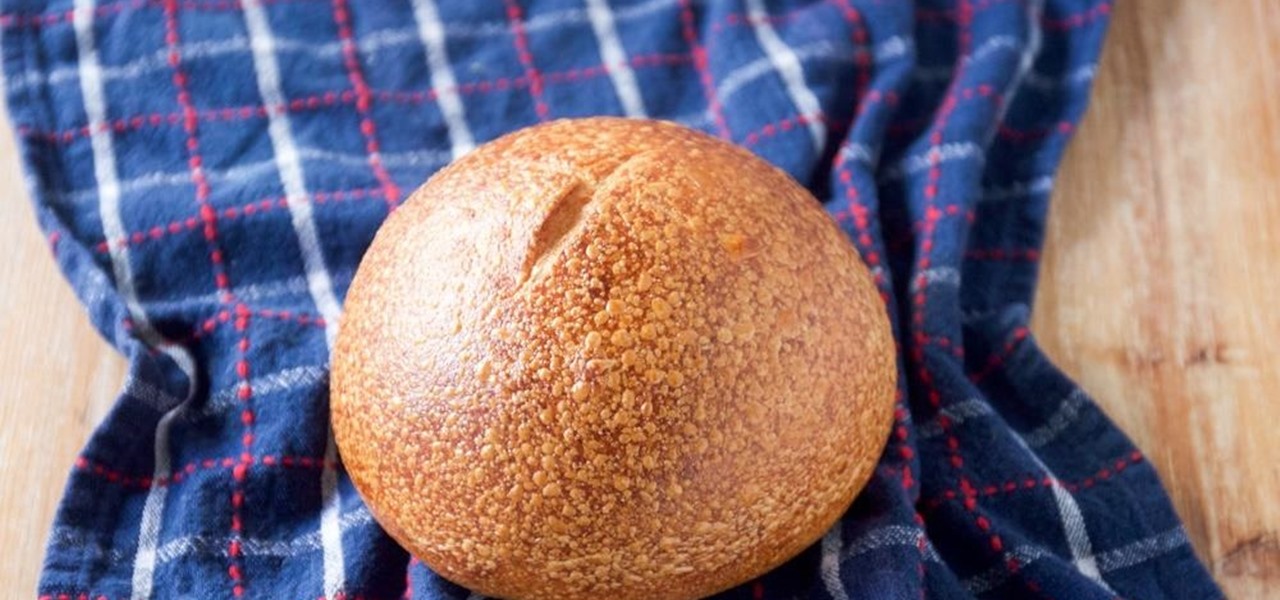





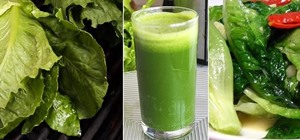
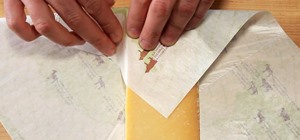
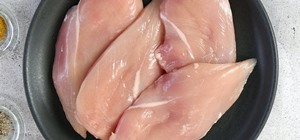
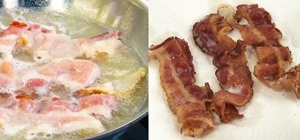
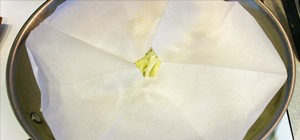

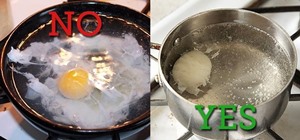

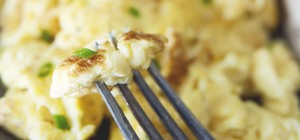





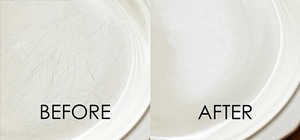


1 Comment
wow super!!!
Share Your Thoughts